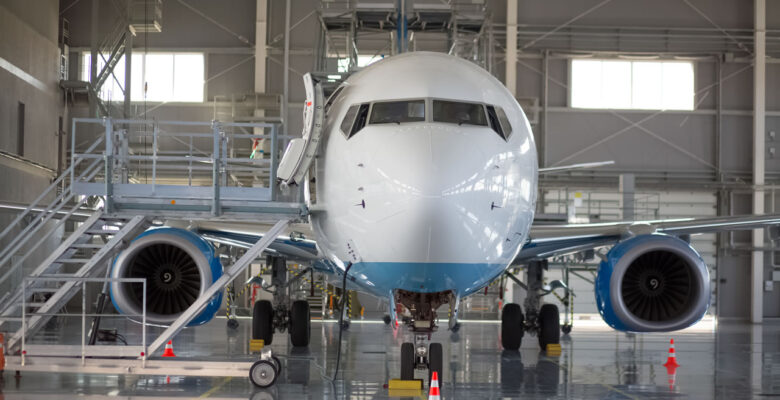The control and verification of the maintenance operations for aircraft constitute a work of vital importance for the aeronautical sector, so every manager and person responsible for this area in the industry must know how the EASA Part 145 maintenance organisation recognizes if a product is safe, trustable, and airworthy.
Before getting into the aspects that show how an EASA Part 145 maintenance organisation recognizes if a product is safe, trustable, and airworthy, you must know that, like every quality system, these entities are subject to an audit plan associated with the Part 145, defined by the EASA standard 1321/2014 for the maintenance of the continued airworthiness of an aircraft.
This 145 audit plan consists of the examination of a maintenance organisation to guarantee the fulfilment of its procedures. Every quality system in these organisations has a person or a team responsible for this area, that is in charge of performing an annual audit for the standardization of the processes and for the enforcement of the regulations established for the organisation, all of which allows the delivery of a safe, trustable, and airworthy product.
Once this point is clear, you must know that within the control and verification of the maintenance operations for aircraft through a quality system, there are two ways of knowing how an EASA Part 145 maintenance organisation recognizes if a product is safe, trustable, and airworthy, which we will proceed to show.
- Implementing an independent or random audit system
This system allows the verification of the procedures approved by the audit, through samplings and observations performed within the organisation, issuing certificates from the agencies responsible for verifying the product.
In the same way, the maintenance process performed during the night is audited. For example, if there is a reception of components in the warehouse, in the main airline stations or in secondary stations. For this purpose, the auditing staff can’t be related with the audited organisation, and the audit must be performed annually (every 12 months) according to the requirements of the regulations for each type of approved aircraft or motor.
In the case of the random audits, they are also performed annually during the maintenance process. For example, the online stations are audited every 12 months or, failing that, less than 24 months depending on the number of flights or operations performed by the airline.
On the other hand, subcontractors are inspected less frequently as they are less involved in the processes. Subcontractors are external organisations like the welding companies.
To determine how an EASA Part 145 maintenance organisation recognizes if a product is safe, trustable, and airworthy the people in charge of quality and the group of auditors could intervene in the auditing process, although this will depend on the size of the organisation.
All the procedures must be properly documented, reviewed and updated. The documentation should be accessed through servers, so the quality department must be granted access to these servers.
- Establishing a feedback system
The second way to know how an EASA Part 145 maintenance organisation recognizes if a product is safe, trustable, and airworthy is with the establishment of a feedback system, which works once the irregularities are found during the audit.
Afterward, the people in charge of each area will perform the corrections and undertake the proper corrective measures to avoid these events from happening again. Additionally, the manager in charge is informed, so that he is aware of the state of the organisation.
After the 145 audits, and in order to perform the necessary corrections, dates are set in which the improvement measures, within the quality processes, must be implemented.
To know more details of how an EASA Part 145 maintenance organisation recognizes if a product is safe, trustable, and airworthy as well as about the control and verification of the aircraft maintenance operations through a quality system, subscribe to the EASA Quality Compliance Newsletter, where you will find information about new technologies and tools for the aeronautical industry.
If you wish to know how to be updated with the EASA regulation and guarantee the maximum efficiency with audit plans and reports templates for air operators, request a free demo.




Leave a Reply